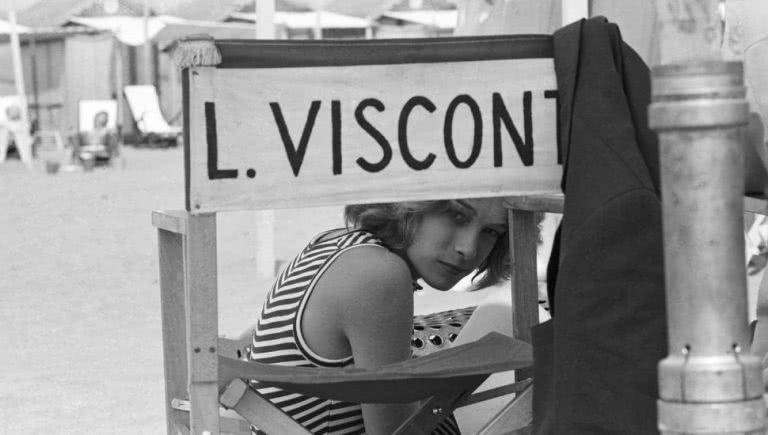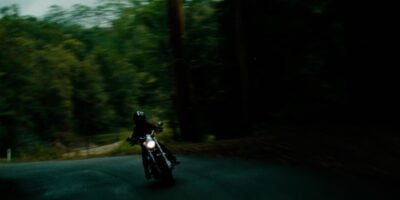Film critic Kristian Fanene Schmidt reviews some of the Sundance 2021’s buzziest titles and today he’s looking at The Most Beautiful Boy In The World.
Sundance Film Festival just wrapped up! It’s around that time of year when Hollywood descends upon Park City, Utah (with all its problematic aspects, to be sure!). Or at least in theory, because our arses are still stuck in a pandemic.
That’s okay since they’ve made everything available online. I am quite happy to screen movies, sans snow, from the comfort of my bed. More importantly, it’s great that the festival is the most accessible it has ever been.
Those who can’t afford to kiki in the mountains with the industry elite can finally tune in for the first time without picking up a tab for flights, accommodations or overpriced pizza that ain’t even good. With a record number of people attending the festival this year, I hope they keep this up!
And on that note, here’s a rundown of my thoughts about The Most Beautiful Boy In The World at the Sundance Film Festival 2021.
WARNING – Potential Spoilers ahead for this The Most Beautiful Boy In The World Sundance review
This documentary, directed by Kristina Lindström and Kristian Petri, follows the journey of Swedish actor Björn Andrésen and the whirlwind that ensued once he became a movie star. It cuts between old footage from his days as a child actor and present-day interviews where he revisits some of the people who played a part in his former life as a celebrity.
Seeing the promo photo for this, I already had a disdain for it because, of course, The Most Beautiful Boy In The World was referring to someone who looked like a poster child for the Aryan race. The title comes from the mouth of Luchino Visconti, a famous Italian director who went on a quest to find the perfect child to cast in his 1971 movie Death In Venice.
He spent years travelling throughout Hungary, Poland, Finland, and Russia in search of his “angelic” boy—his words, not mine—until finally he found 15-year-old Björn in Sweden.
On sight, Visconti knows Björn is the one, and immediately asks him to take off his shirt. Before you know it, the boy is stripped down to his underwear with cameras all over him.
At a press junket, he goes on and on about his preference for Björn when he was younger and shorter aka more boyish at 15 as opposed to 16 where he’s too old now. It all feels very perverted.
It’s sad to watch as Björn describes being left at the premiere after party, unsupervised, around a group of older gay men thirsting after him, feeding him drinks to the point he blacks out, not remembering how he got home.
He continues to get exploited in Paris and Japan (the Japanese seem to be obsessed with Andrésen’s whiteness too, as the film details how his beauty inspired a generation of manga cartoonists) while his granny laps up the attention and offers little protection.
Of course, there is so much more to Björn’s life and journey than the fiends who preyed upon him in his younger years, but you could see the impact it had on him for the rest of his life.
The way the documentary treated the sexual abuse he alluded to so casually without directly denouncing Visconti or these other fiends doesn’t sit right with me. This is the type of problematic content that calls Sundance programmers into question.
Check out the trailer for The Most Beautiful Boy In The World:


































